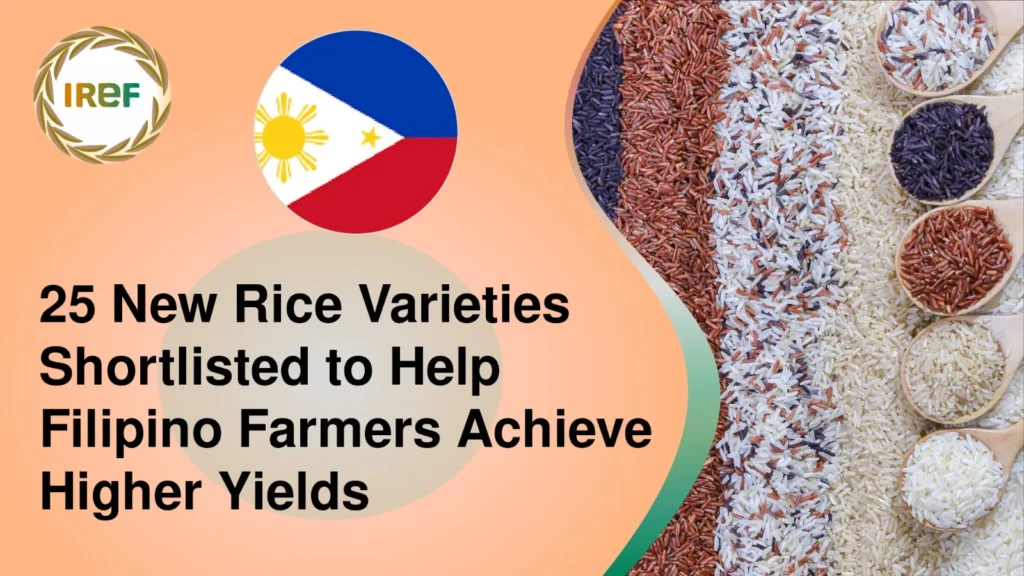In a major breakthrough for the rice industry, 25 promising rice varieties have been shortlisted, which are expected to help Filipino farmers achieve higher yields, better protection against pests and diseases, and grain quality that matches consumer preferences. All twenty-five promising rice varieties (rice lines) have been shortlisted for the National Cooperative Tests (NCT). For the unversed, National Cooperative Tests (NCT), refers to the tests conducted in the Philippines to examine promising rice varieties which are safe to release. NCT is a crucial final testing stage for new, high-performing rice lines that have shown superior traits like yield, resilience, and grain quality.
Of the 25 rice varieties shortlisted for the NCT, eight came from the International Rice Research Institute (IRRI), three from the Department of Agriculture–Philippine Rice Research Institute (DA-PhilRice), and fourteen from the University of the Philippines Los Baños (UPLB). The shortlisted rice lines are the varieties of rice that perform better than the best existing varieties in terms of yield, resilience, and grain quality are shortlisted for the NCT. The rice variety is release to farmers only when it has passed the official nationwide testing stage. NCT every year makes around 45 testing slots available for different environments, with irrigated and rainfed categories already filled this year, 15 slots for saline-prone areas and 16 for upland areas remain open. The announcement for the same was made during the 3rd Advancement Meeting of the OneRicePH Project at SEARCA Headquarters.
The OneRicePH Project is a Philippine initiative collaborating with the International Rice Research Institute (IRRI) to unify and modernize rice breeding, making it market-aligned, farmer-focused, and climate-resilient. It aims to accelerate the development and adoption of improved rice varieties.
3-4 Years Journey from Trials to Fields
The shortlisted rice varieties reach to fields and are deemed as eligible for farmers only when they possess high yields, resistance to blast and at least intermediate resistance to bacterial blight, plus good grain quality traits such as high milling recovery, fewer white spots (low chalkiness), long grain length, and the right starch level (amylose content) for market demand. From the initial evaluation to the final Multi-Adaptation Trial (MAT) before a rice line is finally considered eligible for release to farmers takes almost seven cropping seasons, or around 3-4 years.



